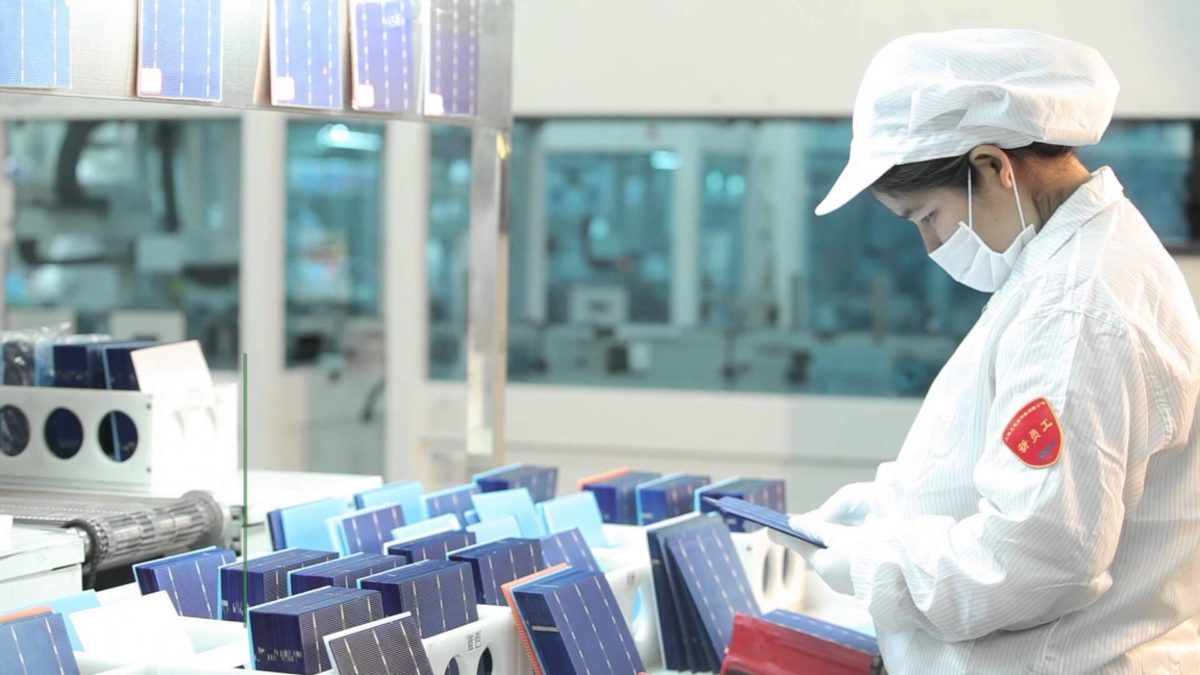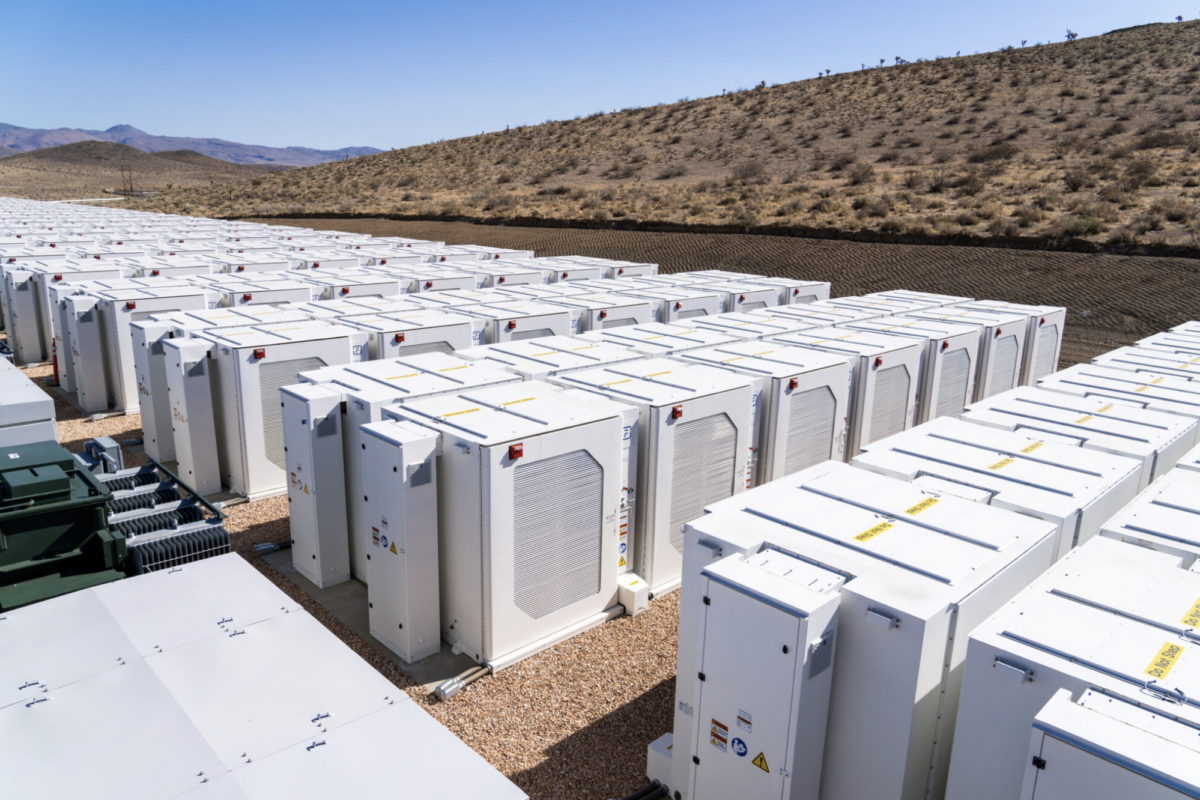For an EPC contractor five years ago, it was relatively clear which modules should be employed, with the focus more on the company, rather than the technology. The landscape, however, has changed, and become more complex as technological advances have been made.
In the recent pv magazine webinar, Reaching higher standards with cell and module innovation, Andrea Viaro dove into the different technologies currently available, and discussed which modules should be selected for different applications.
Overall, he stated that the next generation of solar PV modules will see different technologies combined at both the cell and module level.
And, while monocrystalline Passivated Emitter and Rear Contact (mono-PERC) is, at present, the most cost effective crystalline silicon high efficiency technology – best used for gigawatt-scale industrial production – he argues that half cut (HC) cells currently present the most advantageous cost benefits balance, and that bifacial modules offer the highest potential for reducing levelized costs of electricity (LCOEs).
Listen to the webinar and download the presentation; or read on to discover answers to the questions you posed on LID, PERC, HC and bifacial.
Light induced degradation (LID)
Q: How can you reduce the average LID beginning in the field, and do you have long-term field experience with LID and potential induced degradation (PID)?
A: LID for mono crystalline: P-type solar cells can be reduced by applying suitable and mature stabilization processes during production, which deactivate the boron–oxygen complex, the main cause of the phenomenon.
PID is a totally different effect and it is controlled in our Eagle Series by optimizing the cell anti-reflecting coating, and employing high-resistance encapsulating materials; our dual-glass and bifacial modules have even higher PID resistance, thanks also to the frameless design.
Is the LID effect visible only in efficiency, or can you also spot it in EL imaging after a few hours?
LID influence is detectable as a general efficiency reduction of the PV module, while EL imaging primarily enables the detection of other cell damage, such as micro-cracks or interconnection faults.
Is there a thermal influence to the LID process?
The influence of Elevated Temperature (ETD) on cell efficiency reduction is still under investigation. Nonetheless, the stabilization processes that are currently applied in Jinko’s mono PERC mass production allows for both phenomena to be controlled.
PERC
What are the benefits of mono PERC modules over other types?
Mono PERC technology increases the module efficiency by about 1%, compared to standard mono, thus boosting PV array power density and reducing balance of system (BOS) costs.
What will be the short-to mid-term price level of PERC modules?
The mono PERC trend is expected to become mainstream cell technology, replacing standard mono in the short-term. The consequent capacity increases and technology improvements are expected to allow for the further reduction of manufacturing costs, comparable to standard mono in the mid-term.
What are the first year, and yearly losses thereafter, for mono PERC and mono HC modules?
Power reduction depends on two main factors: (i) cell technology; and (ii) module laminate design. All our mono PERC series – either full/half-cell – come with 97% first-year Power Warranty and -0.7% from the second to the 25th year.
What is the performance of your different technologies under tropical conditions? Will, for instance, mono PERC generate more energy than poly PERC?
JinkoSolar does not produce poly PERC nowadays, as the stabilization process is not fully controlled yet. Nonetheless, compared to poly, JinkoSolar’s mono PERC Series has better temperature coefficients, especially in the HC version, so this aspect can represent an advantage when installing modules in hot environments.
Half cut (HC)
Why do you think half cut cell modules are not often chosen for rooftop projects?
Half-cut cell modules can surely be used for rooftop projects. We actually expect it to become one of the mainstream solutions for every market segment shortly.
Do you use different methods against losses due to shading for HC cell modules? How many bypass diodes are used?
Shading losses are mitigated thanks to the different internal module connections in half cell modules. In particular, the parallel connection of cell string couples enables the reduction of up to 50% shading losses in certain scenarios.
Is JinkoSolar considering going from half cut cells to more cuts, like three or more?
That would make the module internal connections more complex and it would likely require additional efforts to optimize production, so at present we do not expect to see further developments in that direction.
Is there better preservation of microcracks for HC modules?
The impact of microcracks is mitigated on HC modules mainly because of the smaller area potentially affected in a single half-cell.
What is the physical reason for better temp coefficient?
The reduced packing density of solar cells in HC modules mostly helps to improve its thermal behavior.
What technology is used to cut full cell to half cell? How is the handling of half cells done in Jinko’s production process?
The cell cutting process is made through infrared-laser scribing up to about half of the cell thickness and then via mechanical splitting into two halves.
Have any tests been done to review the impact of thermal expansion/dynamic loads on half cut cell modules?
HC modules fulfill the same quality protocols as our full-cell series and undergo severe testing, including evaluation of accelerated aging induced by all environmental phenomena, such as thermal cycling or static/dynamic mechanical load.
Are half cut cells a better choice than PERC in the Middle East?
One feature does not exclude the other; the combination of PERC cells and HC configuration actually offer the best temperature coefficients, which allow performance to be maximized, even in hot climates.
Bifacial
A shadow on the front of the module, for example due to a leaf, can affect the performance of the whole module. For bifacial modules, how does a shadow on the back influence module performance, and the mismatch of the module string?
In normal operating conditions, the impact of shading on the rear side is not so significant, due to the fact that the module power, and the consequent string current, is still driven by the front surface.
Do bifacial models have reduced internal reflections?
Yes, because it is missing the white layer in the empty space among cells.
Have you conducted any kind of studies related to soiling on the rare side of bifacial modules? What are your findings?
We don’t have studies available yet about this aspect, nonetheless soiling on the rear side can be assumed to have only a minor effect on bifacial module performance, as dust accumulation is much lower, and also current reduction would be proportionally lower compared to the front side.
Are bifacial solar modules particularly suited for solar on water applications?
Bifacial modules benefit from the dual-glass laminate structure, which gives them a higher resistance against high-humidity environments; however the albedo on water applications is relatively low compared to ground installations, and there might be constraints on module height, which does not permit a maximization of power gain.
What is the energy yield difference of N-type versus P-type bifacial technology? What is the bifacial gain on system level?
N-type modules can reach 1 higher power bin compared to P-type and their bifacial factor is >90% and >70%, respectively, so the power gain and energy yield are higher consequently, depending on the PV system set up and the specific environmental conditions.
Why does bifacial have the highest potential for reducing the levelized cost of electricity (LCOE)?
LCOE is directly related to the amount of energy that the module can produce; the higher the power density of the array, the higher the energy production. Bifacial modules benefit from the power gain from the rear side, thus they can significantly increase energy generation, while not increasing balance of system (BOS) costs.
How do you simulate a plant's energy yield with your bifacial modules? Which simulation software will provide the best results?
PVsyst is one of the software providers that already offers the possibility to simulate the energy yield of PV systems using bifacial modules, although only with unlimited shed array configuration for the moment.
When will Jinko start selling bifacial solar modules?
We expect our bifacial modules to be available starting from Q3 2018.
Quality
At the end of the expected technical lifetime of modules, what are the main failure mechanisms and how are you preventing them?
Modules are designed and manufactured to perform reliably in the field for at least 25 years. The failure mechanisms that could happen during this timeframe are carefully evaluated by means of accelerated aging tests and prevented using high-quality components and optimized production processes.
Wear-out failures beyond the estimated module lifetime are unavoidable and might occur eventually; among the main ones that can be mentioned are delamination, cracked cell isolation, and interconnection corrosion.
This content is protected by copyright and may not be reused. If you want to cooperate with us and would like to reuse some of our content, please contact: editors@pv-magazine.com.




module cell elevated temperature adversely affect its reliability and durability. following module, a design is proposed to improve PV performance.
SF 6 gas shall be filled between the lamination and encapsulant, shall be covered with luminescent glass. perforated lamination shall be used to allow SF6 gas to be in touch with cell to save from hot spots. SF6 gas shall filter the infrared radiation and luminescent glass shall eliminate UV radiation. SF6 gass shall also absorb Lighting surges , thus sve theroof mounted pv panels from fire.